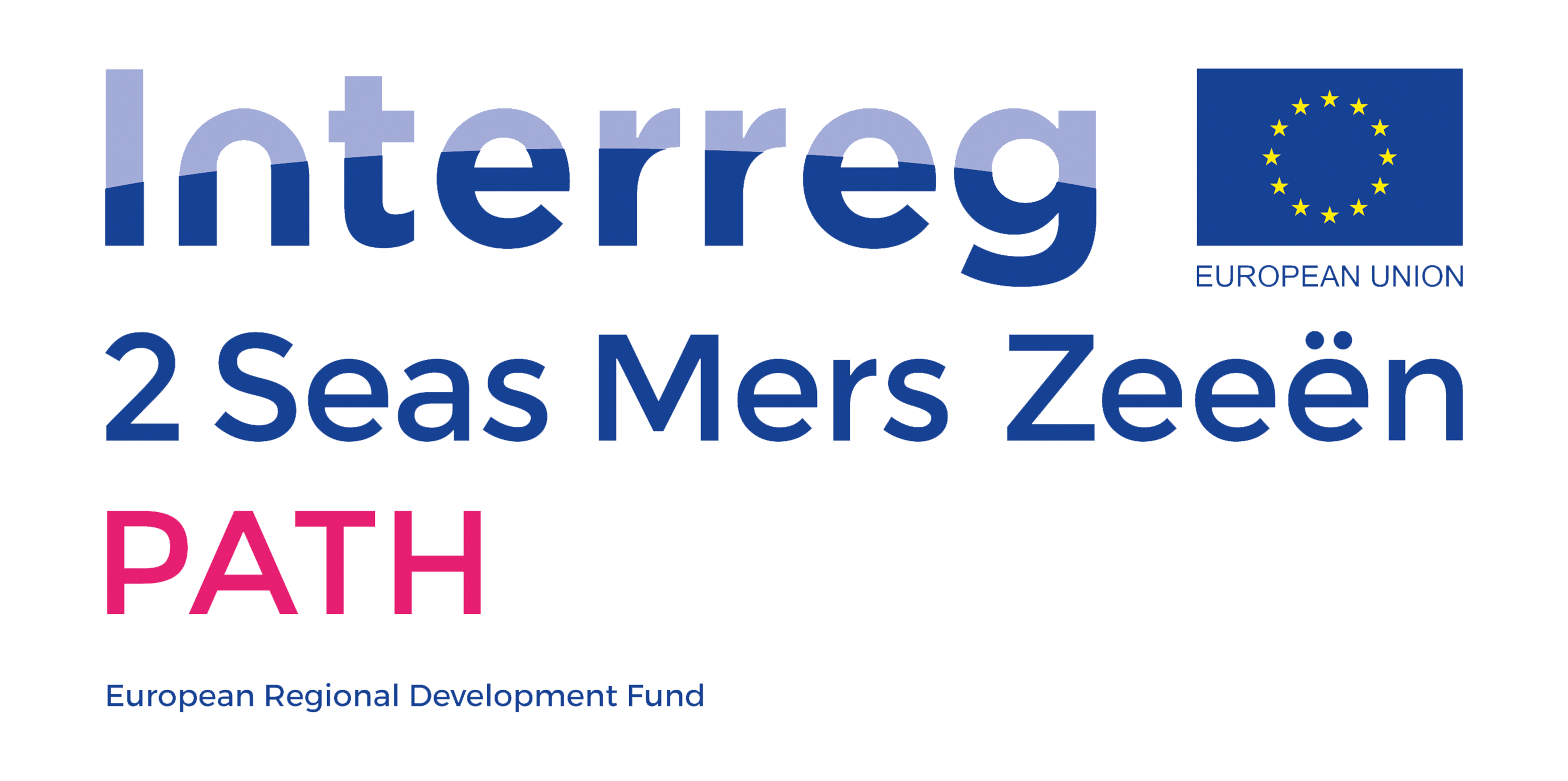
© 2021 Copyright: Bournemouth University
Just because you’re hearing doesn’t mean you’re listening.
Active Listening communicates to the other person that you understand and accept his/her feelings. This process was first called “reflection of feelings” by the eminent psychologist, Dr Carl Rogers who promoted it as the best way for psychotherapists to respond to their clients.
Active listening can lead to the establishment of rapport and the beginning of a therapeutic relationship.
In the early 60’s, Rogers’ student, Dr Thomas Gordon, brought this skill into the mainstream by teaching parents how to Active Listen to their children in his Parent Effectiveness Training (PET) Programme.
You active listen by consciously suspending your own agenda, ideas and judgements and put yourself in the other’s shoes.
You pay complete attention to the other person, focussing on understanding their feelings. You then reflect or mirror back to them what you hear leaving your own feelings and opinions out of the listening process.
Below are examples of comments with active listening (reflection of feelings) responses:
Empathic responses like these communicate to the parent that you are trying to understand and accept their feelings, as they do. It helps to show them that you are trying to perceive the world as they see it and that you are doing your best to understand their messages.
This process leads to the establishment of rapport and the beginning of a therapeutic relationship.
A skilled listener will be able to reflect a speaker’s feelings from body cues (non-verbal) as well as verbal messages. Further reflecting back what you hear encourages the flow of communication.
Now your parent can confirm that you heard accurately (or not) and be encouraged to continue talking; and move deeper into the problem.
With continued on-target active listening, often the parent will experience relief and even catharsis.
If you have experienced being deeply understood by another person, you know the sense of relief and wellbeing that this can result in.
The professional uses reflection of feeling to restate and explore the parent’s affective (feeling) messages. The response may capture both feeling and content, but the emphasis is on feelings.
This helps to:
While listening with empathy sounds simple; it isn’t. Doing it well requires conscious awareness, strong intention and practice.
Four different steps are involved: